Back in the day, there were some fascinating trucks on the UK highways, for truck enthusiasts and spotters alike, provided by some “Maverick” haulers. From the late 1970s up until the early 1990s, it became a bit more common to see US trucks on British roads. As a young man, I can remember starting to see International Harvester Loadstar trucks on the roads in the late 1960s. Throughout these years, manufacturers like White, Mack, and Kenworth tried to market and sell US styled trucks “across the pond” with little success. However, it was always a treat to see (and photograph) one of these American rigs on our English highways.
The Loadstars were built at Carr Hill Works in Doncaster after a decision by International that overseas markets for the truck would be encouraging. Three models became available from 6.5 to 9 tons gross, along with a 20-ton 4×2 Arctic Tractor truck. All of the range were fitted with the IH D-354 motor, which was in fact the Perkins 6.354 diesel engine. The UK production plant in Doncaster would also act as a stepping stone for sales to the Commonwealth and European Free Trade Association (EFTA) countries, which included most of Scandinavia and Portugal. Before that, IH’s previous endeavor in the UK was between 1923 and 1939, when around 800 vehicles were sold. There was also activity from a number of US truck manufacturers, International included, who assisted the UK War Department by providing vehicles during WWII.
In 1978, the White Motor Company, based in Cleveland, Ohio, tried to interest the UK customers in their conventional styled Road Boss and Autocar brands at an international truck show held in Birmingham. These two trucks weren’t popular at all, but nevertheless, the Ryland Group, the concessionaires for White, opened a couple dealerships in Coleshill and Birmingham. Two years later, in 1980, the business relocated to Croft Industrial Estate, New Chester Road, Bromborough, Merseyside, with a new focus on the cab over engine (COE) style Road Commander 2. Their plan was to sell 150 right-hand drive models in the first year. There was an option of two basic 4×2 chassis, both powered by Caterpillar diesels – a 280 bhp version priced at $61,000 USD and a 325 bhp model at $63,000 USD. A bit steep in comparison with a UK equivalent truck, with a big chunk of the higher price being the added import duties.
Meanwhile, back in the States, White was having some major financial problems, and eventually filed Chapter 11 bankruptcy in 1980. Later, in 1981, Volvo bought the US assets of White and all that went with it. Sales of the Road Commander 2 in the UK continued from Volvo nominated dealers. These were mainly agents or trucking companies that could provide warranty and service. The end result of all of this was the operation of a number of both left-hand and right-hand drive Road Commanders. White was the most popular US truck import and had the lion’s share of trucks operated in the UK.
One of the first haulers in the UK to operate Kenworth trucks was a “pioneer” named John Golding who, in his time, ran a mixed fleet of US trucks. Along with four Kenworths, he had a number of White Road Commander 2s, and some Mack trucks. He started his operation in Middlesbrough, but later migrated to Stroud in Gloucestershire. Kenworth began advertising the K100 COE and the conventional W900 in the UK transport press in 1977. Dando’s Motor Services, of Chipping Sodbury in South Gloucestershire, were nominated to handle sales, distribution, and warranty service. It is thought that Dando’s imported their KWs from Europe, mainly, rather than the US, and that they supplied Golding with his first K100. Making a direct comparison with the White Road Commander and the conventional Road Boss, the Kenworth K100 cabover was more suited to the UK market than the conventional W900 model.
Apart from supplying trucks for the war effort, Mack became associated with the UK in the early 1950s when Mack Trucks GB was set up. The aim of the company was to modify, recondition, and re-purpose old War Department Mack vehicles and then sell them to British haulers. A later, more ambitious plan, was to import the current US Mack models of the day as CKD (Completely Knocked Down) kits for assembly in England. This plan failed, however. Later, Mack Trucks (Britain) Ltd. began custom building a number of vehicles with British-sourced components. It looked in all intents and purposes that Mack had just altered the design of some cabs and fitted their badge to British trucks which were already available. These were mainly Leyland, Bedford, and Commer makes. Only around 20 vehicles were ever produced, and the company only lasted until 1964.
Mack started again in earnest in 1975 when they appointed a UK dealer, Commercial Truck Services of Bolton, Greater Manchester. There were several models available, including the F Series COE, the conventional R Series, the DM heavy duty chassis and, later, the MC and MR Series. This was Mack’s low entry, high visibility chassis used in the US for mainly refuse collection. The company thought it might catch on in the UK in a tractor configuration. Both the F and R Series trucks were available as 4-wheel or 6-wheel tractor units, ranging from 32-ton to 38-ton operation. These would be the most popular Macks used in the UK. Later still, Mack would also introduce the Ultra-Liner, which was supplied from another dealer, Western Trucks of Leyland, Lancashire.
Looking back at this period, it took haulers who were on the “American Wavelength” at the time, through US movies like Smokey and the Bandit and even a hit song and film called Convoy, to buy these trucks. And I will say straight off, I am very glad they did. However, when you consider some of the negatives, like the general lack of comfort, difficulty getting in and out of the cab, and the price, it makes you wonder. Some trucks were modified by the haulers, but then they would often find it difficult to obtain approval from the Ministry of Transport. Some of the components were simple to source, like engine parts, since most were fitted with popular brands like Cummins, Detroit and Caterpillar engines, but there were still many parts which the dealers didn’t have in stock, and these parts might take some time to arrive from the US.
The most positive aspect expressed by most UK operators, however, was the robust build quality and the pulling power of the engines in US trucks. There was also the plus point of the left-hand drive models coming into their own for European operations. The days of the US “invasion” were certainly interesting ones, but they would prove to be a blip. The dollar to pound exchange rate would eventually become another big part of the equation, forcing US manufacturers and UK haulers to shy away from US trucks in the UK. Apart from the Volvo-White situation mentioned earlier, Renault had been buying into Mack incrementally over the years, and by 1990, Renault wholly owned Mack trucks. Obviously, Renault was a big player in the UK truck marketplace and, needing to sell its own brand and not wanting competition from within its own ranks, they phased out the Mack in the UK. But the writing was on the wall well before this.
The clincher, which is sometimes overlooked, was over in the US the cabover type of truck had seen its day and wasn’t being produced by most manufacturers. That type of truck had run its course, and with changes to the US transport laws regarding total vehicle length allowed, the short cabovers were no longer needed. Emphasis was given to the conventional style trucks, instead. So, two out of the three brands featured here, Mack and White, discontinued COE manufacture by 1983. Kenworth produced the K100 for a longer period in the US, and the K200 is still being made and used in many countries outside of the US. If UK manufacturers (yes, we had a few) had anything to fear from US imports, it was just short term. The Scandinavians, Dutch, and German manufacturers, who now had their feet firmly on the ground, would prove to be the threat that did not go away.

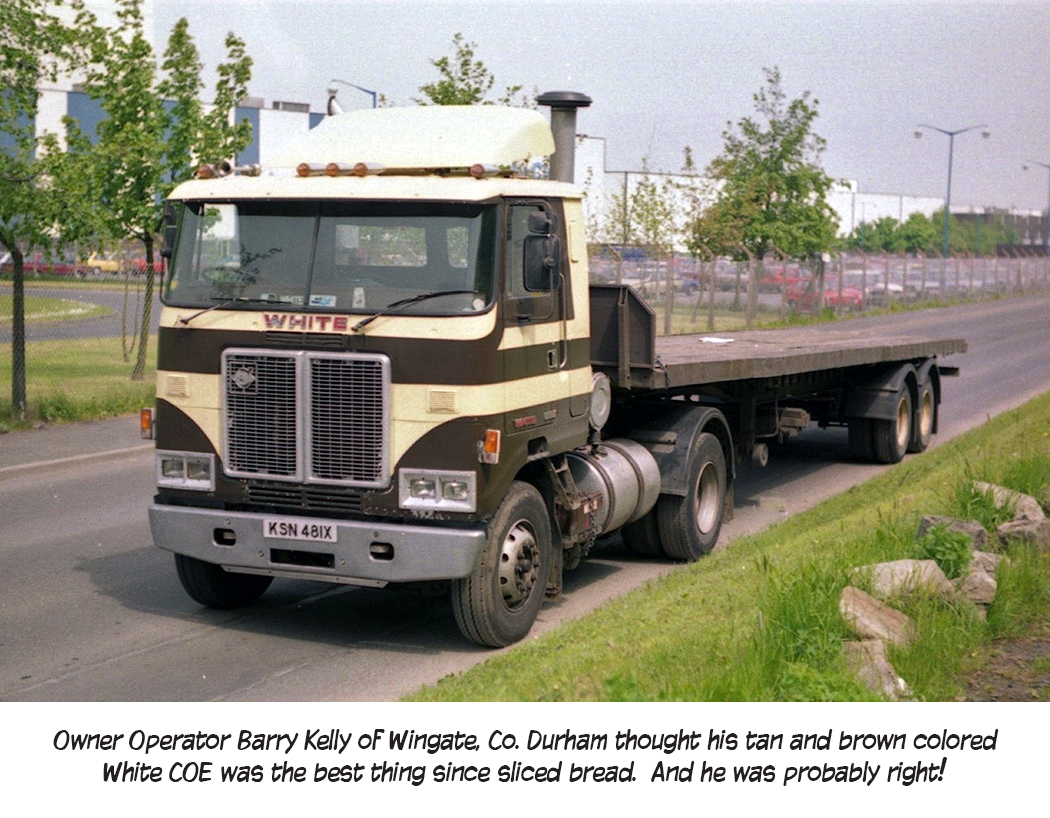
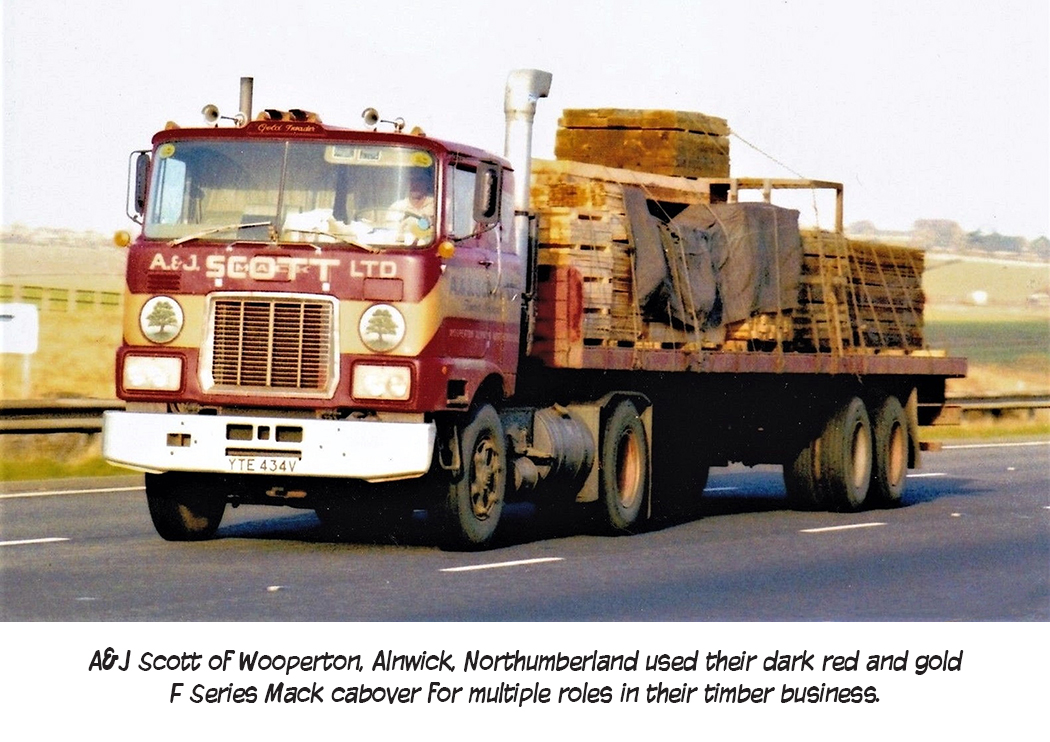
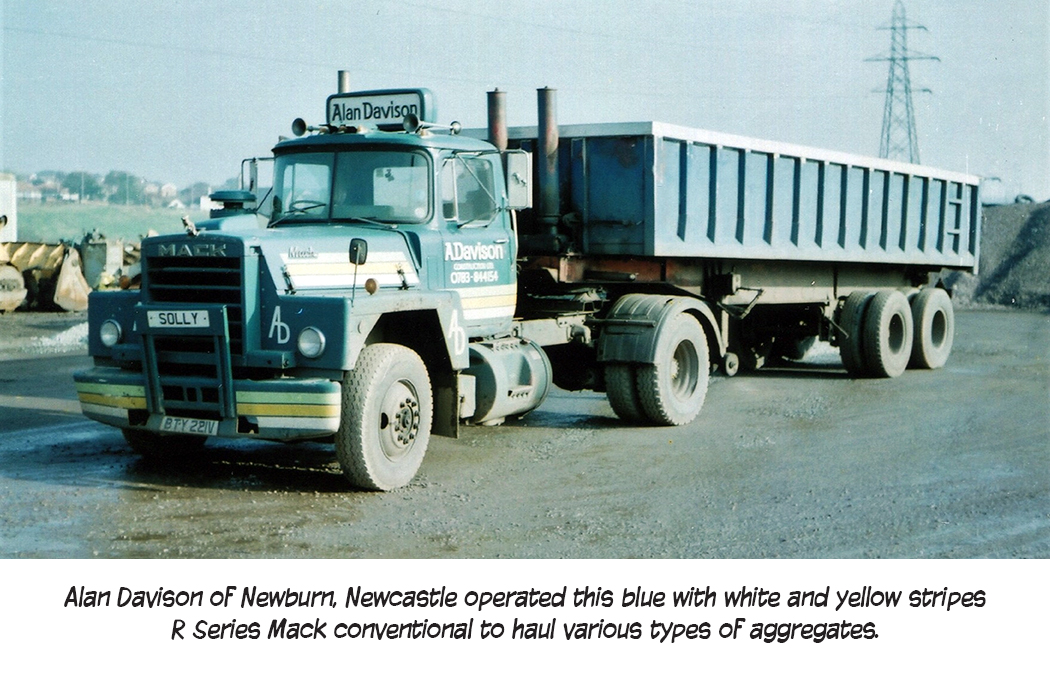
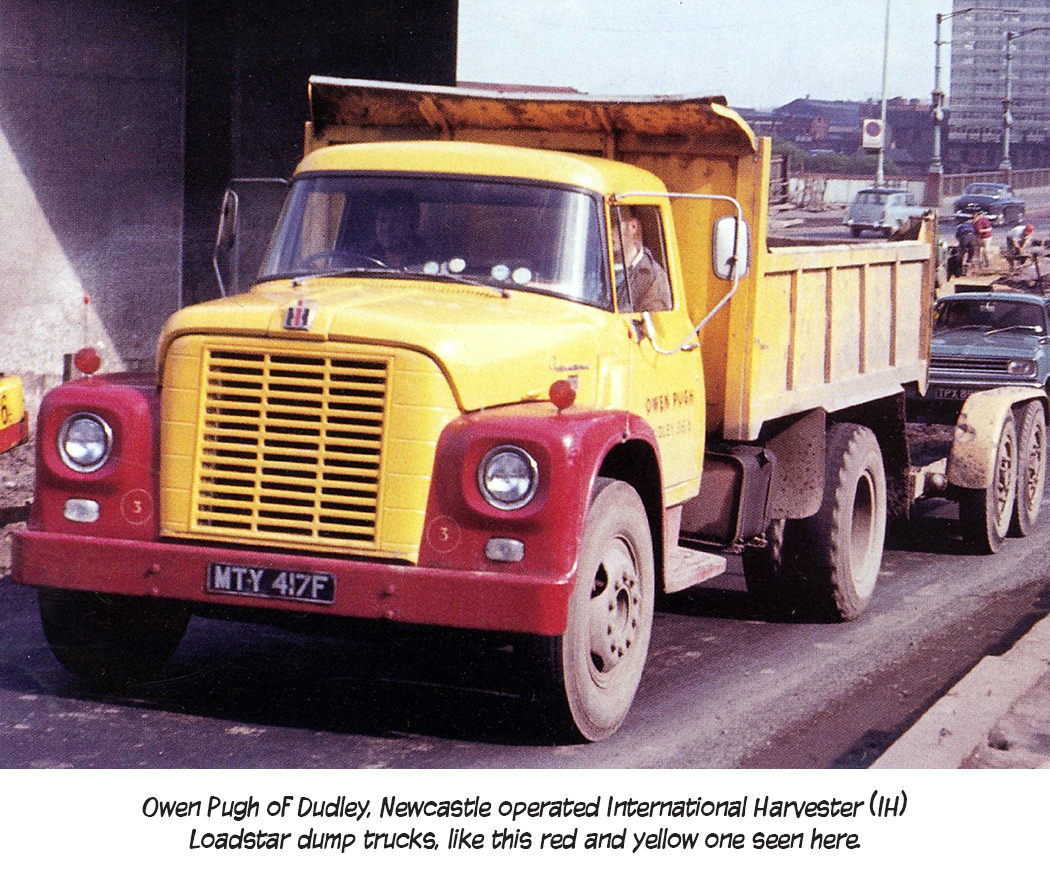
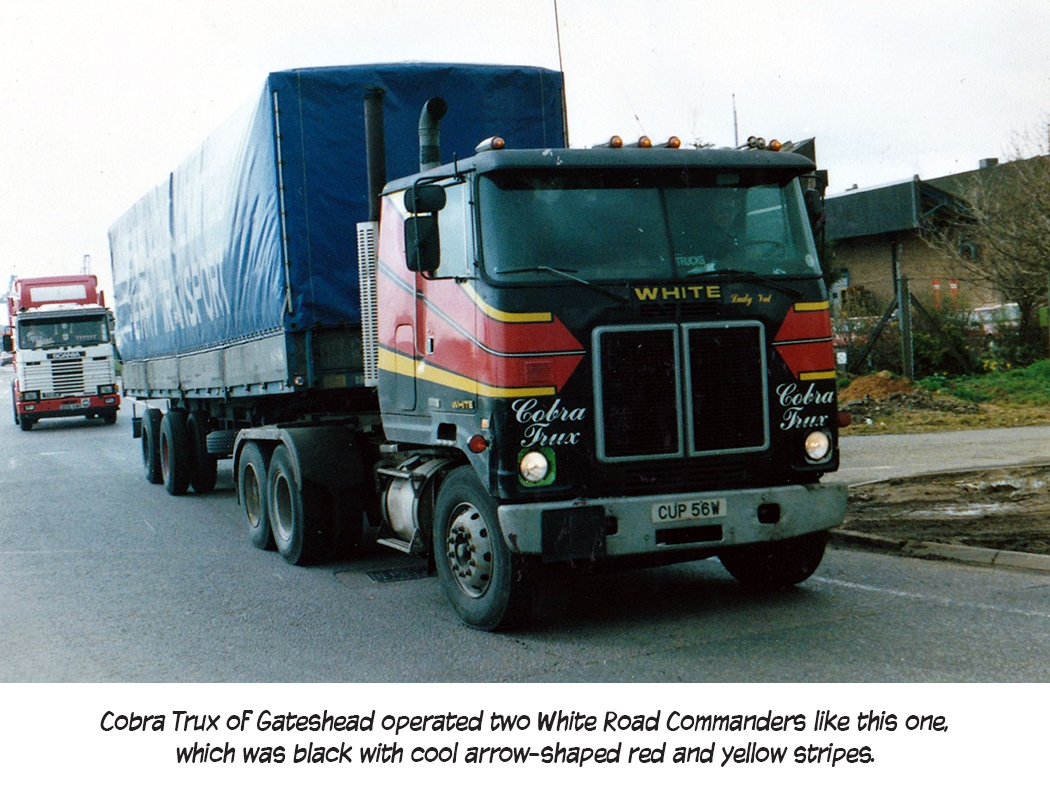
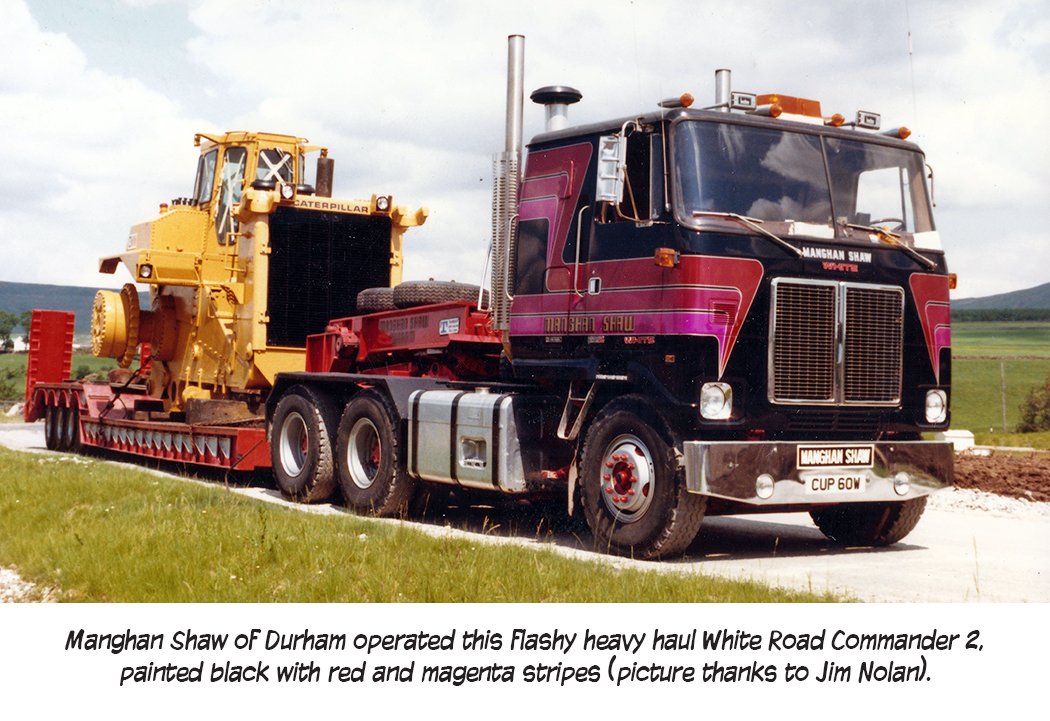
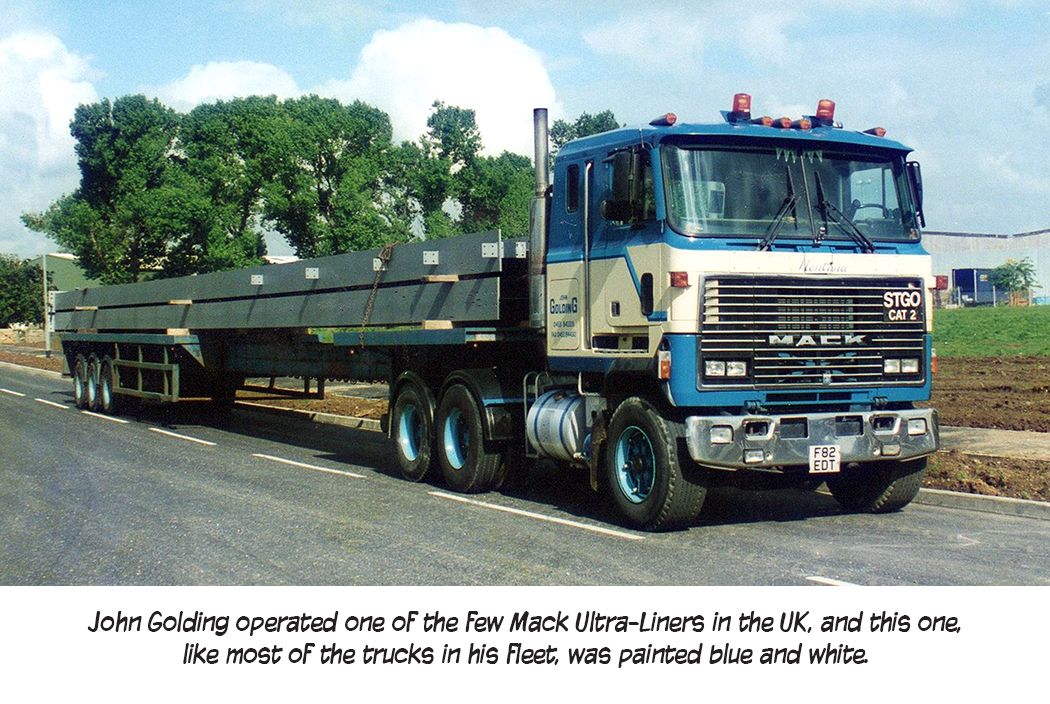
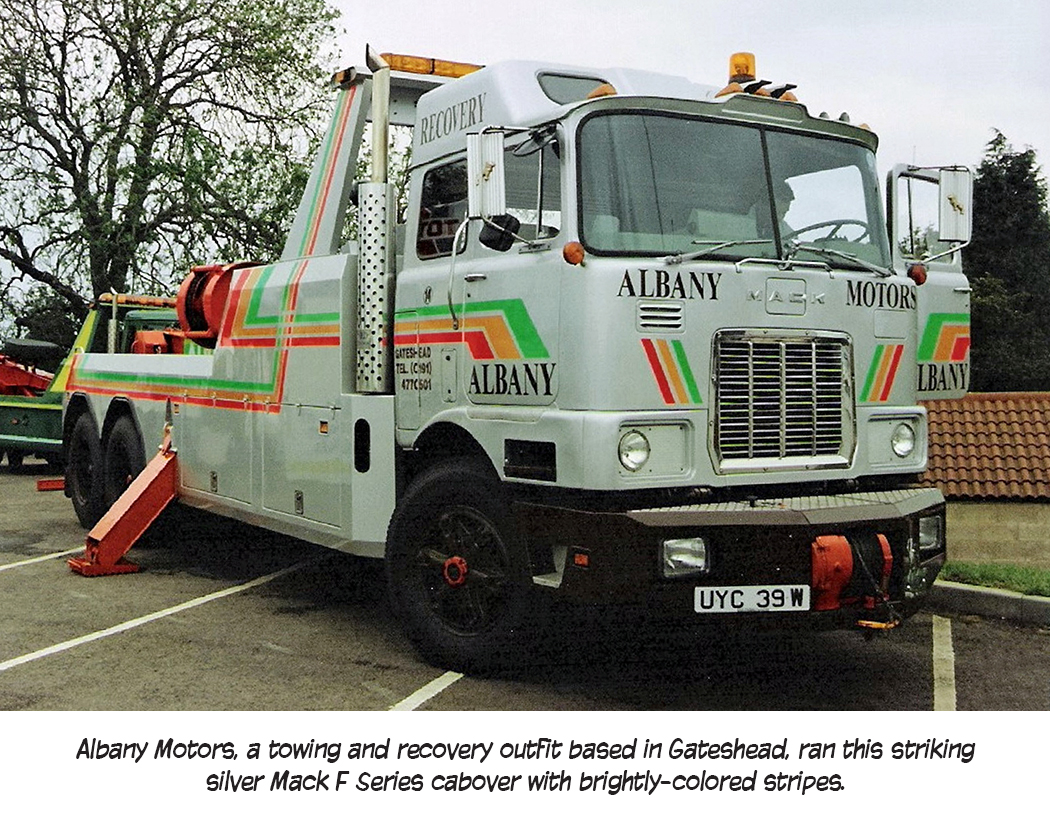
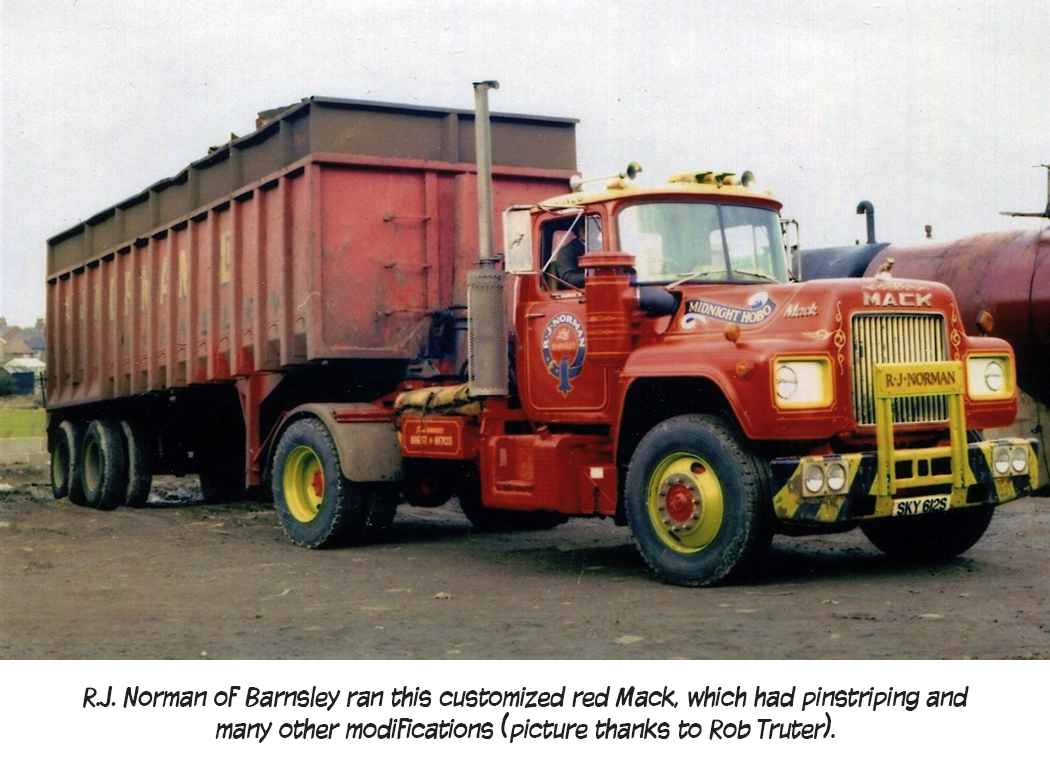
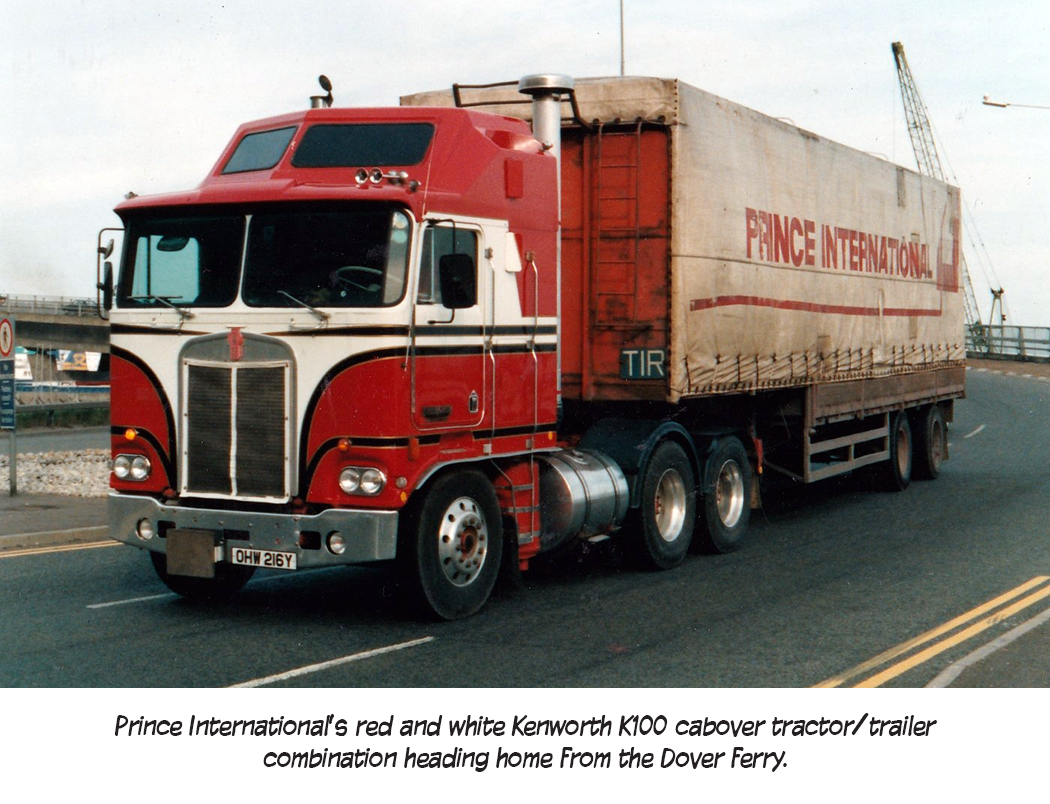
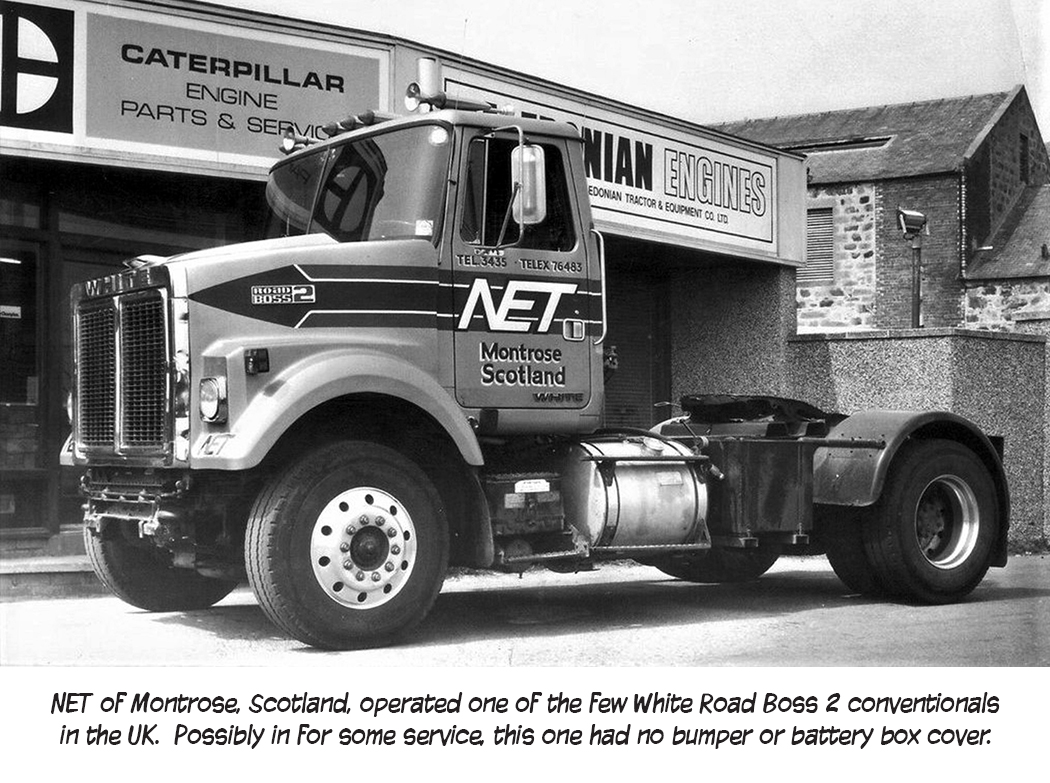
1 Comment
The Kenworths were probably built at Foden’s Limited since they were a part of PACCAR during that time. I’ve seen pictures of T800’s coming off the line at Elworth VAP destined for Israel. Someone from Foden’s or a truck geek from the UK can chime in on this.